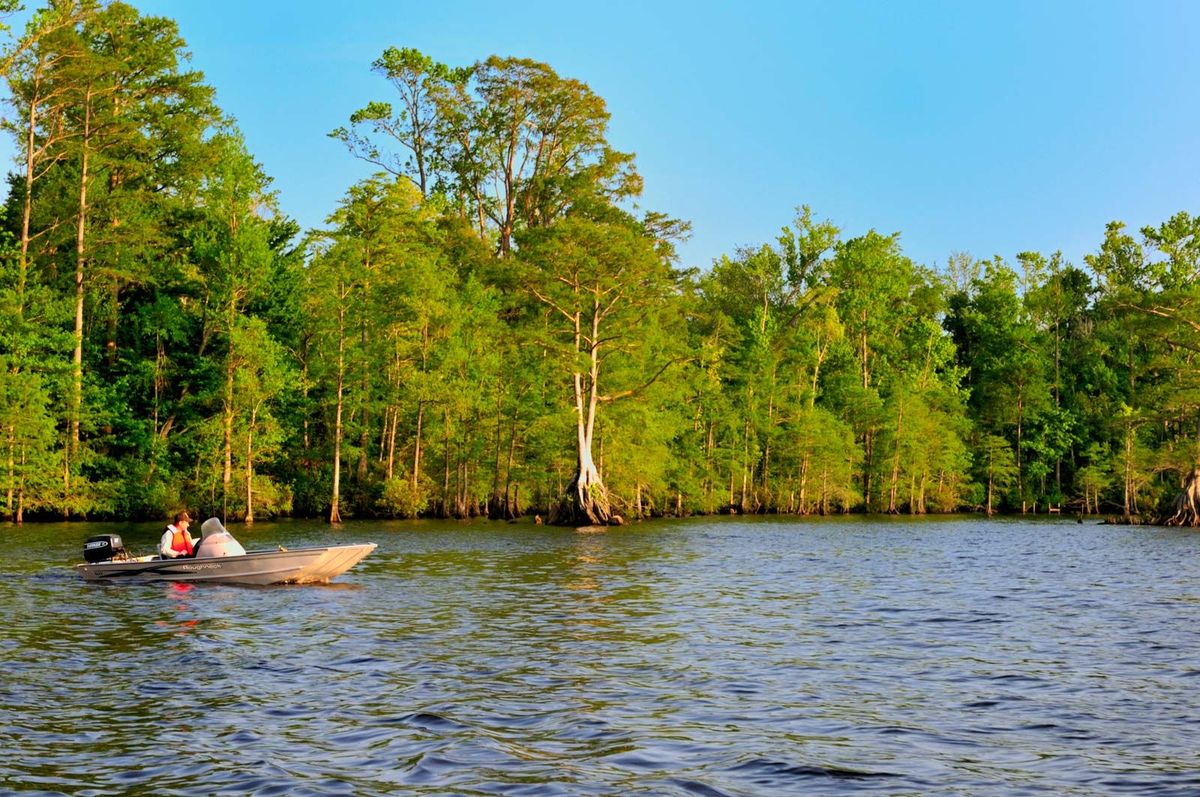Secrets Of North Carolina’s Great Dismal Swamp Forests

Have you ever wondered what mysteries lie within North Carolina's Great Dismal Swamp forests? This vast, untouched wilderness offers a unique blend of history, wildlife, and natural beauty. Imagine walking through dense forests, hearing the calls of rare birds, and maybe even spotting a black bear or two. The swamp's rich history dates back to early Native American tribes and has tales of escaped slaves seeking freedom. Whether you're an avid hiker, bird watcher, or history buff, the Great Dismal Swamp has something for everyone. Ready to uncover the secrets of this hidden gem? Let's dive in!
Discovering the Mysteries of the Great Dismal Swamp
The Great Dismal Swamp in North Carolina is a hidden gem, rich with history, wildlife, and natural beauty. This vast wilderness offers a unique experience for adventurers, nature lovers, and history buffs alike. Let's explore some of the most intriguing spots within this enchanting forest.
Historical Sites
The Great Dismal Swamp is steeped in history, with many sites that tell the story of its past. Here are some must-visit historical locations.
Dismal Swamp Canal
The Dismal Swamp Canal, completed in 1805, is the oldest continually operating man-made canal in the United States. It played a crucial role in trade and transportation during the 19th century.Underground Railroad Network
The swamp served as a refuge for escaped slaves seeking freedom. Many found shelter in its dense forests, and remnants of their makeshift homes can still be found.Lake Drummond
Named after William Drummond, the first colonial governor of North Carolina, this natural lake is one of only two natural lakes in Virginia. It offers a glimpse into the area's geological history.
Wildlife Watching
The Great Dismal Swamp is a haven for wildlife enthusiasts. Its diverse ecosystem supports a wide range of species, making it a perfect spot for birdwatching and animal sightings.
Birdwatching at Jericho Ditch
Jericho Ditch is a popular spot for birdwatchers. The area is home to over 200 species of birds, including the elusive Swainson's warbler and the prothonotary warbler.Black Bear Observation
The swamp is one of the few places in North Carolina where you can spot black bears in their natural habitat. Early mornings and late evenings are the best times for sightings.Butterfly Garden
Near the entrance of the swamp, a butterfly garden attracts numerous species of butterflies, providing a colorful and serene experience for visitors.
Hiking and Trails
For those who love to hike, the Great Dismal Swamp offers several trails that showcase its unique landscape and biodiversity.
Washington Ditch Trail
This 4.5-mile trail leads to Lake Drummond, offering scenic views and opportunities to spot wildlife along the way.Suffolk Seaboard Coastline Trail
A longer trail that stretches for 11 miles, it follows an old railroad bed and provides a more challenging hike through the swamp's diverse terrain.Boardwalk Trail
Perfect for families, this short, accessible trail offers a glimpse into the swamp's ecosystem without the need for extensive hiking.
Canoeing and Kayaking
Exploring the swamp by water offers a different perspective and allows access to areas that are otherwise unreachable.
Feeder Ditch Canoe Trail
This water trail connects to Lake Drummond and offers a peaceful paddle through the heart of the swamp. Keep an eye out for turtles, otters, and various bird species.Dismal Swamp Canal Paddle
Paddling along the historic canal provides a unique blend of history and nature. The calm waters make it suitable for beginners and experienced paddlers alike.
Flora and Fauna
The Great Dismal Swamp's unique environment supports a wide variety of plant and animal life, some of which are rare or endangered.
Cypress Trees
The swamp is home to ancient cypress trees, some of which are over 1,000 years old. These majestic trees add to the swamp's mystical atmosphere.Rare Orchids
Several species of rare orchids can be found in the swamp, including the yellow fringed orchid and the rose pogonia. Spring and early summer are the best times to see them in bloom.White-tailed Deer
White-tailed deer are commonly seen throughout the swamp. They are most active during dawn and dusk, providing excellent opportunities for wildlife photography.
Hidden Wonders Await
North Carolina's Great Dismal Swamp Forests offer a unique blend of natural beauty, rich history, and diverse wildlife. Exploring this area provides a chance to see rare plants, spot elusive animals, and walk through landscapes that have remained largely untouched. Whether you're an avid hiker, a birdwatcher, or someone who loves nature, this destination has something special. The trails, waterways, and scenic views make every visit memorable. Don't miss the chance to experience the mystery and serenity of this incredible place. Pack your gear, grab a map, and head out to uncover the secrets hidden within these ancient forests. The Great Dismal Swamp is waiting to share its stories with you.

